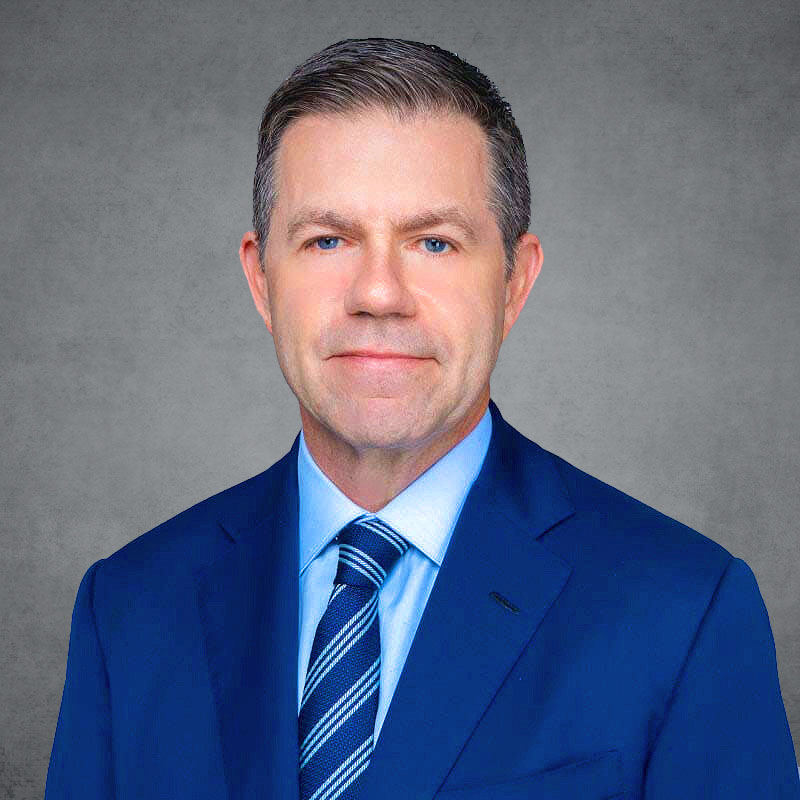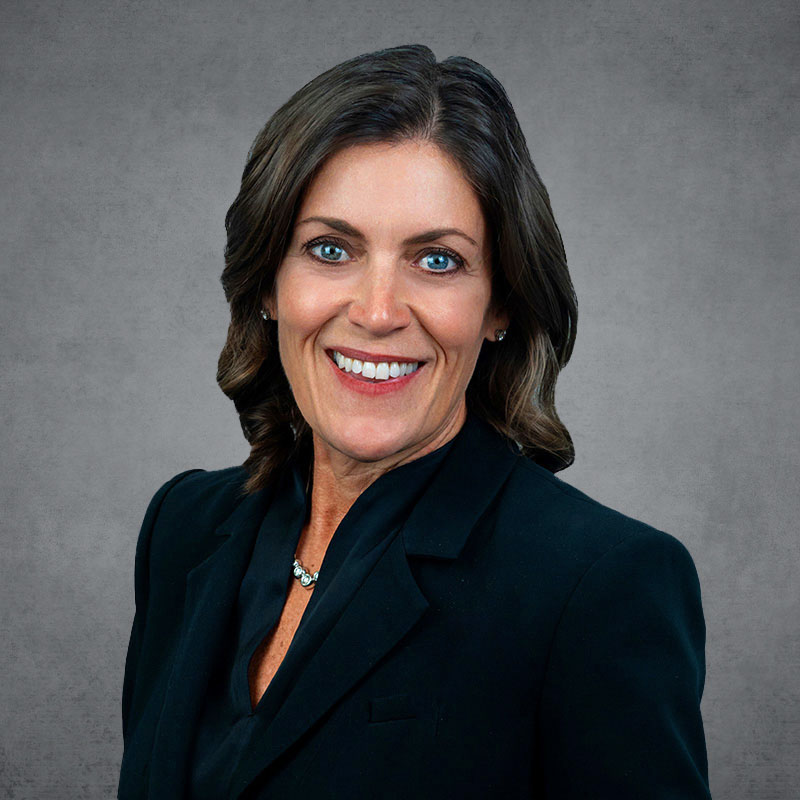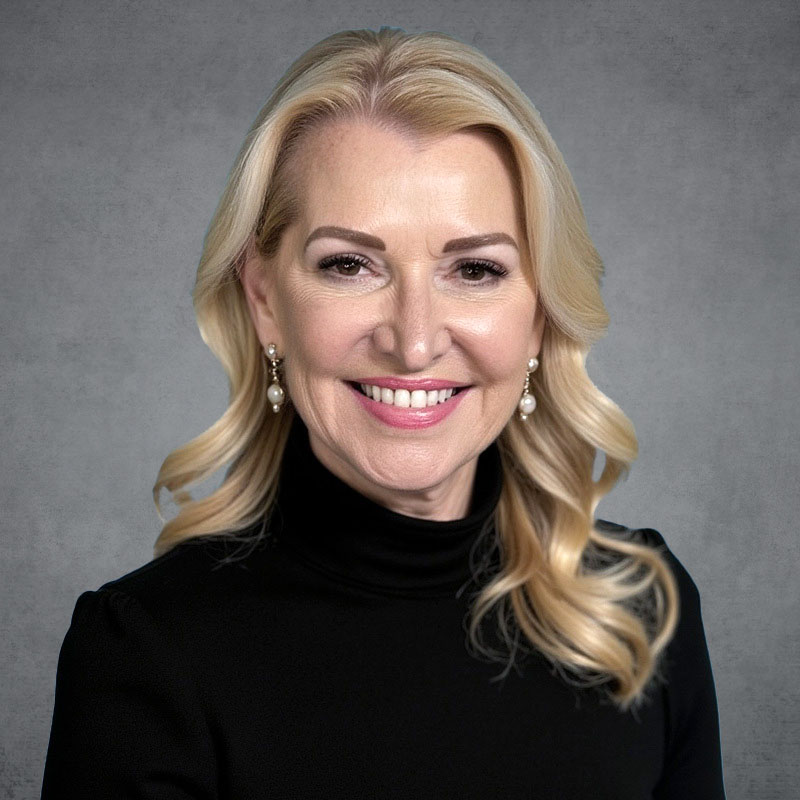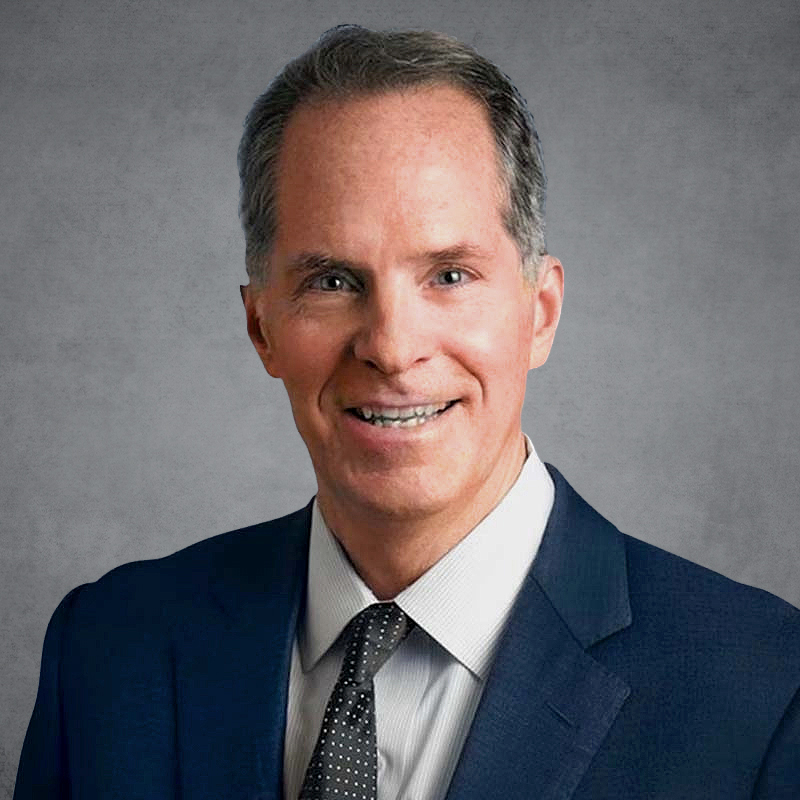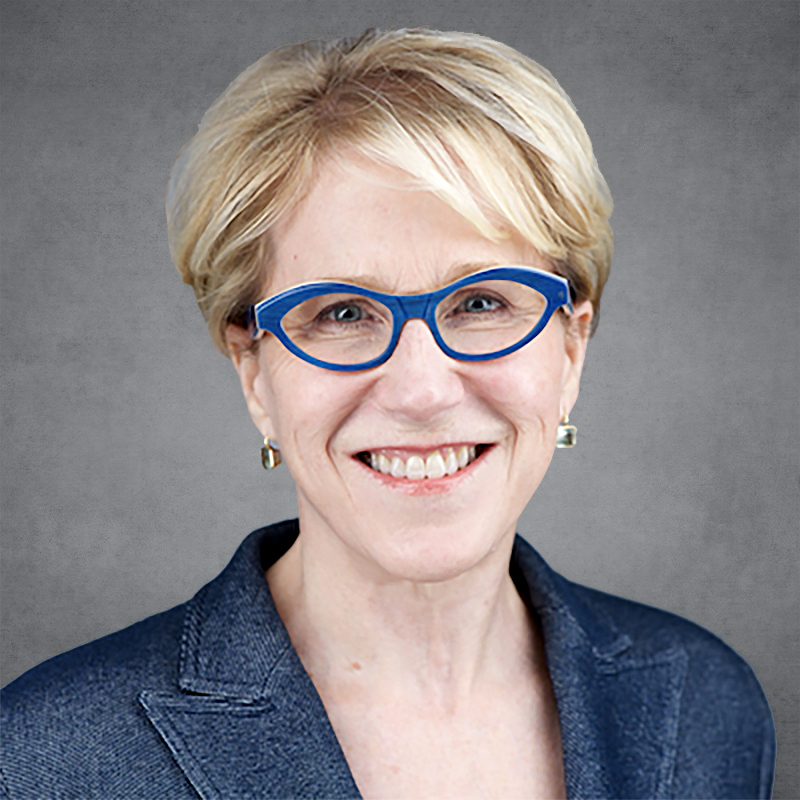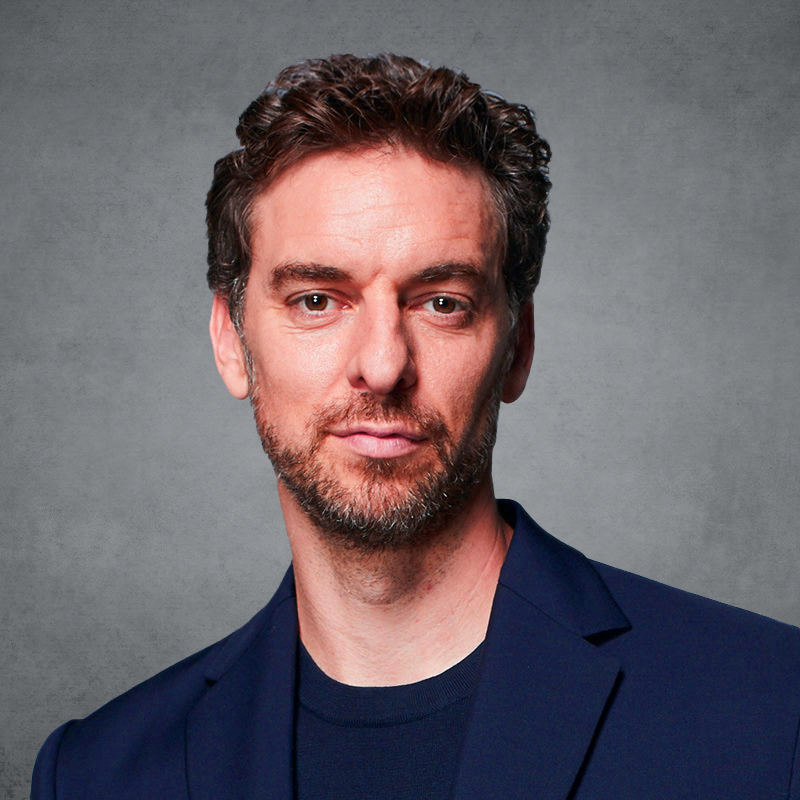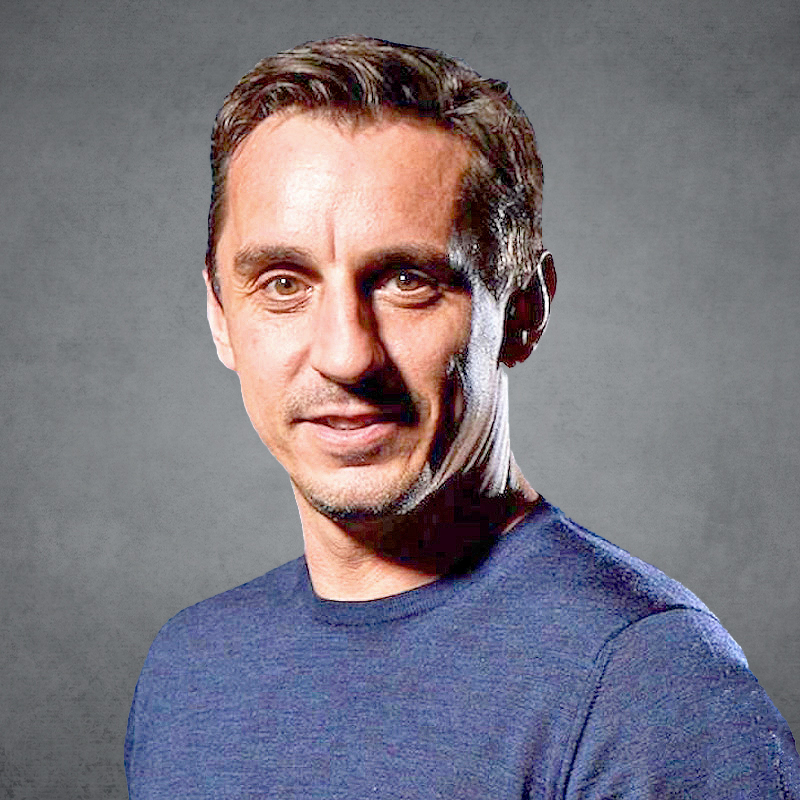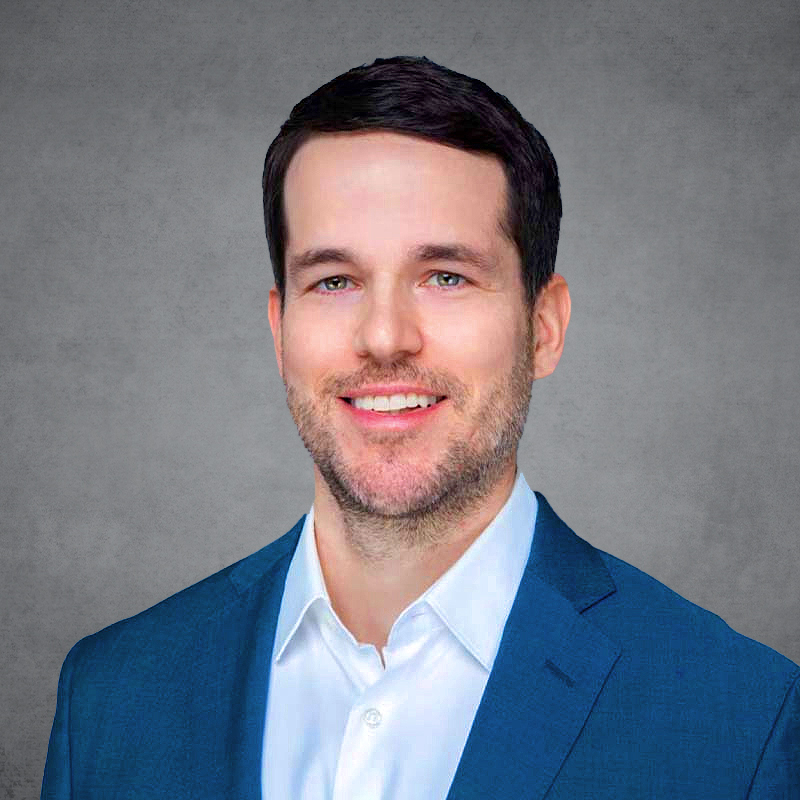From Catching Up to Getting Ahead: Igniting Growth, Seizing Trends and Shaping the Future


Executive Perspectives
In my recent conversations with CEOs, it is clear that the competitive landscape continues to get more challenging, regardless of industry. Traditional competitors are getting leaner, faster and smarter while nontraditional competitors, capitalizing on emerging technology to ease customer pain points, are coming from all sides. Meanwhile, the consumer continues to evolve.
Cognitive load is getting higher across customer segments and tolerance for any friction is lower, despite the number of friction points growing. Consumers are increasingly turning to new solutions, like AI voice assistants, to overcome this glut of information. Companies that are dealing with this mélange of online and offline interactions are tasked with the tall order of making this experience more seamless for customers.
Some of the more prevalent disruptive forces at play are not only forcing change within individual organizations but upending entire sectors as we know them. For example:
- Streaming surpassed cable and broadcast television viewership for the first time in 2022.
- E-commerce continues to gain market share, and consumers view two-day shipping as a given – according to one study, 32% of online shoppers will abandon their carts if the estimated shipping time is too long.
- Digital banking services are growing deeper roots, with nearly half of millennials and Gen Z saying they exclusively use digital banks.
What can companies and their leadership do in response to this onslaught?
Most importantly, they can listen to and engage with their customers. In an environment ripe with volatility and constant change, a customer-centric mindset will be the bulwark that offers businesses insulation against disruptive forces shaking their sectors, not to mention the catalyst that sparks transformation and long-term success.
Meeting Customers’ Definition of ‘Great’
Businesses must constantly redefine what a great customer experience looks like. What was an incredible experience yesterday is merely acceptable today and will not be good enough for customers tomorrow.
I’m constantly asked to help leaders think about their businesses differently, understand more about their customers, identify where they can grow (e.g., through new products, services or business lines), and, most importantly, when and where they might be disintermediated. The consistent takeaway from these engagements is that successful businesses will look different tomorrow than they do today – and those changes are more often than not rooted in shifting the company’s approach to meeting customer needs.
While all businesses should be zeroed in on identifying their unique pain points, most leaders’ heads are down, with an eye toward running the company and maintaining momentum. It can be hard for leaders to focus on how their companies can be disrupted when they run large, well-performing organizations. However, this position can be a dangerous one. In one of the most famous examples of disruption in modern business, Blockbuster was dominating the video rental industry in 1997 when Reed Hastings founded Netflix (in part because he was frustrated at having to pay late fees to Blockbuster). The once-giant video rental empire neglected to appreciate the pain points of late fees (which were a massive part of its bottom line) and the powerful convenience factor of mail-order DVDs that would lead to a customer exodus in favor of a subscription service (i.e., Netflix).
In another example that is currently playing out before our eyes, food and beverage companies are responding to the real-time threat of the rise of Ozempic use and what that might mean for their bottom lines. As potentially large swaths of customers begin to consume appetite-suppressing drugs, these businesses are tasked with identifying how to shift their approach to what their customers of tomorrow will want. Will that mean smaller package sizes? Healthier options? Better tasting products? It will take some time for these impacts to take hold, but if businesses are not considering these effects now, they are already behind.
Disruption, like the examples above, may indeed affect players within an industry, but companies should not forget to also look at shifting customer expectations and emerging experiences across industries. For example, consumers don’t necessarily define their experience with Delta based on American Airlines. They define it based on great experiences wherever they have them. That’s why, despite not being an internet company, Delta installed free, high-speed Wi-Fi on its flights. Delta evaluated the consistent pain point customers feel from expensive, inconsistent Wi-Fi on flights and saw it as an opportunity to expand its service offering in a relevant way. Their customers benefit from free Wi-Fi, but Delta also gets new customers signing up for SkyMiles and the valuable data that comes with that enrollment. It also means profitable deals for content and ad space, all because Delta looked at a problem from a holistic perspective that put the customer first and recognized the evolution of these customers’ needs.
The Unexpected is Just Around the Corner
In 2019, few could have predicted what the last few years would bring in terms of major disruption to business (e.g., the COVID-19 pandemic and the move to hybrid work, geopolitical turmoil and its impact on supply chains and high inflation that impacts access to capital). In these environments, massive shifts impact different sectors and functions in different ways and leaders must remain cognizant of the trends that impact them and their customers. Getting as close to the customer as possible and studying their shifting needs and behaviors only becomes more crucial.
For example, after being battered in the first months of the pandemic, Airbnb shifted its strategy by adapting its platform for how its guests were traveling – by car. As the early months of the pandemic wore on, people still wanted to travel but faced limited and challenging air travel options. That meant Airbnb needed to shift its focus from big cities to local stays in suburban and rural locations. Airbnb redesigned its app to enable its customers to search for specific types of stays and experiences, more often than not within driving distance (i.e., within 300 miles of customers’ locations). These changes contributed to a profitable third quarter for Airbnb just a few months after teetering dangerously close to a business crisis.
There is a discipline about meeting these customer needs; by the time a trend analyst has spotted what’s next for customers, it’s too late. Leaders must constantly observe how their customers are using products, have a strong, quantitative-backed perspective on customer behavioral patterns and make decisions with the customer top of mind. For example, a common and tempting way to boost revenue is to raise prices. Although this approach might be valid in certain situations (e.g., sectors that have been harder hit by inflation), often these leaders don’t think holistically about what these hikes will mean for the customer. For example, as Procter & Gamble continued to increase the price of its Gillette razors in the 2010s without appreciable improvements, Dollar Shave Club, Harry’s and others undercut on price and stole market share from the once-dominant razor giant, demonstrating that if a product is going to be sold at a premium, it has to be appreciably better in the eyes of the consumer. Leaders must consistently ask if what they are doing is customer-driven and, if not, where they should be taking action instead.
Customer centricity also means setting up the right talent for the future to solve problems for customers. To return to the Delta example, many of the existing experts on staff are skilled with airline operations, but new talent coming in has, for instance, online advertising expertise – something that, a decade ago, would not have been seen as core to Delta’s operations.

Moving forward, the businesses that can cut the clutter for customers – those that can make customers smarter and faster without having to engage – will win.
- Janey Whiteside | Partner & Chief Growth Officer
The truly successful organizations use a modern frame of thinking that solves problems for customers by asking questions about what is broken, what matters and how they can do it well. That’s how companies like USAA, which consistently holds the highest net promoter score among financial institutions, continue to innovate with products and services that meet customer needs. For example, USAA was among the first auto insurers to implement crash detection technology through its app. With this technology in place, USAA added features like enabling its customers to dial emergency services directly from its app and streamlining the claims process, making it easier for stressed (or possibly injured) drivers to get the help and service they need, quickly.
Igniting Growth – Where It Matters to Customers
Last year, hyper-personalization was the next frontier in customer engagement and growth. Now, hyper-personalization is table stakes. Moving forward, the businesses that can cut the clutter for customers – those that can make customers smarter and faster without having to engage – will win.
Consider the example of hotel reward points. Why, as the customer, is it my responsibility to manage my rewards? Why do I find myself, when I am trying to use points or book with a travel card, searching dozens of websites to find the best deal? This all-too-common customer experience generates frustration and mars the reputation of the brand. Hotels – a type of business whose success rests on the ability to deliver great service – should be consolidating their customers’ points and intervening on their behalf to help them make more informed decisions. In other words, the hotels should step in to solve for their customers’ cognitive overload, and in the process generate trust and build a loyal customer base and brand longevity.
The Deltas, Marriotts and Hiltons of the world all have an exciting opportunity to be the curators of a seamless travel experience. Through creative corporate partnerships, for example, these companies can arrange each step of their customers’ vacations, from the moment they get in the car to travel to the airport, all the way to the moment they return home and begin to unpack. For example, imagine an airline collaborating with Amazon to deliver groceries to their customers’ homes while they’re on their return flights, ensuring they return to fully stocked kitchens. By consolidating these experiences into one seamless bundle, companies can cut the clutter for a bespoke, anticipatory customer experience, engineered to accommodate the needs and lifestyle of the modern consumer.
We’ve already seen some examples of real-life collaborations where businesses are working to provide a more seamless customer experience. Westin is partnering with brands like Hiperice and Bala to lend fitness gear to guests so they can continue their wellness regimen while traveling. In retail, Target is expanding its Drive Up program, which gives customers the chance to get Starbucks drinks and food delivered straight to their car along with their Target order.
To point to another example, in the post-pandemic world, many young people find interacting in the physical world to be challenging because they have spent several formative years with disrupted travel and social experiences. I sit on the board of Lyft, where leaders are looking at how they can make Lyft the facilitator of a smoother experience for young adults going out – from confirming dinner reservations to ordering a car to ease travel booking. Broadly, that means helping customers solve for loneliness and creating a sense of higher purpose via Lyft’s efforts to not only offer transportation, but reduce the high friction customers experience trying to go out in the world. Lyft wants to make it easier for younger generations to have engaging experiences outside the home. At the core, Lyft is identifying where its target audience is struggling and how it can apply creative business solutions to solve these problems.
Companies may not get these insights and impacts right the first time and experimentation is important in finding the things that matter to their customers. Think of following a new product or initiative like a buffet; leaders have to keep going back and refreshing it and seeing what people are “eating.” If no one has touched the potatoes, they can kill that feature. It is an iterative process of feeding new features, maintaining what customers like and evolving what isn’t working.
The challenge for businesses is that by next year, like hyper-personalization, this cutback on clutter will also be table stakes. And there is no longer the myth of a digital segment and an offline segment; both types of experiences have to be intertwined and feel seamless, and businesses have to be able to let their customers decide how they want to engage. In each day or hour, customers will choose to interact differently in the digital and physical worlds, and companies need to be prepared for that.
For instance, from week to week, I oscillate between online and in-person grocery shopping depending on how much time I have available. When I shop online, I expect a seamless delivery experience. When I am in-store, I still expect the store to recognize me as the same customer. The online and offline experiences can’t be separated. Businesses have to be able to do both, which is impossible if they put up guardrails between their physical and digital presence.
Capitalizing on Customer Centricity
There is no shortage of companies that boast of having hundreds of millions of “followers” around the world, but who don’t know anything about them. Customer centricity cannot be limited to knowing how many customers a company has. Instead, it must be woven into the way businesses consider product and service expansion and how leaders think about reducing clutter in their customers’ lives.
We’ve seen in the last year-plus of uncertain times that many big organizations have fallen behind. What this means for customers is a tangled, bumpy experience that will lead them to try new, disruptive alternatives when they present themselves. Shifting e-commerce expectations mean customers will find someone else who will ship a product faster. Better apps mean customers won’t stand for a poor mobile experience, whether in banking or booking travel. Greater transparency means customers won’t accept fees they see as unnecessary.
As the pace of disruption continues to accelerate, there is no option for businesses to idle, content with their previous success and letting inertia steer their direction, often, away from what their customers are clamoring for. Companies that are not moving ahead will quickly find themselves caught on their heels in a fast-moving environment where the pace of competition is only outdone by that of changing customer expectations. That means getting to the core of what customers really want – especially in a period of disruption from every angle – is imperative.
- 1
Simms, K. How voice assistants could change the way we shop. Harvard Business Review. (2019 May 16). Retrieved from https://hbr.org/2019/05/how-voice-assistants-could-change-the-way-we-shop
- 2
Streaming claims largest piece of TV viewing pie in July. Nielsen. (2022 Aug.). Retrieved from https://www.nielsen.com/insights/2022/streaming-claims-largest-piece-of-tv-viewing-pie-in-july/
- 3
Damen, A. 53 Data-Backed Retail Statistics Shaping Retail and Beyond. Shopify. (2022 Jan. 14). Retrieved from https://www.shopify.com/retail/retail-statistics
- 4
BMO survey results show reliance on digital banking continues to rise in U.S. BMO. (2023 May 3). Retrieved from https://about-us.bmo.com/bmo-survey-results-show-reliance-on-digital-banking-continues-to-rise-in-u-s
- 5
Bitter, A. & Olito, F. Blockbuster: The rise and fall of the movie rental store, and what happened to the brand. Business Insider. (2023 April 24). Retrieved from https://www.businessinsider.com/rise-and-fall-of-blockbuster
- 6
Ortakales Dawkins, J. Food companies are freaking out about Ozempic, but it’s ‘hardly an existential threat.’ Business Insider. (2023 Oct. 6). Retrieved from https://www.businessinsider.com/how-ozempic-weight-loss-fad-turned-into-risk-food-brands-2023-10
- 7
Connected at 30,000 feet: Insights on Delta’s unprecedented Wi-Fi rollout. Delta. (2023 Nov. 1). Retrieved from https://news.delta.com/connected-30000-feet-insights-deltas-unprecedented-wi-fi-rollout
- 8
Rana, P. How Airbnb Rebounded During the Pandemic. The Wall Street Journal. (2020 Dec. 10). Retrieved from https://www.wsj.com/video/series/news-explainers/how-airbnb-rebounded-during-the-pandemic/78E86996-491E-431D-BF47-576B7EE68CB0
- 9
Ingrassia, L. They Changed the Way You Buy Your Basics. The New York Times. (2020 Jan. 23). Retrieved from https://www.nytimes.com/2020/01/23/business/Billion-Dollar-Brands.html
- 10
New Bain Certified NPS Benchmarks: Companies Customers Love. Bain & Company. (2018). Retrieved from https://media.bain.com/Images/BAIN_DIGEST_New_Bain_Certified_NPS_Benchmarks.pdf
- 11
USAA Among First Insurers to Introduce Crash Detection Technology. PR Newswire. (2022 Aug. 17). Retrieved from https://www.prnewswire.com/news-releases/usaa-among-first-insurers-to-introduce-crash-detection-technology-301607720.html
- 12
Whiteside, J. The New Age of Consumerism: How Digitization is Redefining Brands and Their Relationships with Their Customers. Consello. (2023 May). Retrieved from https://consello.com/insights/the-new-age-of-consumerism-how-digitization-is-redefining-brands-and-their-relationships-with-their-customers/
- 13
Pack Light & Stay Motivated: Westin Hotels & Resorts Launches a Refueled Gear Lending Program. PR Newswire. (2023 Jan. 25). Retrieved from https://www.prnewswire.com/news-releases/pack-light–stay-motivated-westin-hotels–resorts-launches-a-refueled-gear-lending-program-301730170.html
- 14
Target Begins Nationwide Rollout of Drive Up with Starbucks, Offering Free Carside Delivery of Café Favorites. Target Corporate. (2023 Aug. 9). Retrieved from https://corporate.target.com/press/release/2023/08/target-begins-nationwide-rollout-of-drive-up-with
The views and opinions expressed herein are solely those of the individual authors and do not necessarily represent those of The Consello Group. Consello is not responsible for and has not verified for accuracy any of the information contained herein. Any discussion of general market activity, industry or sector trends, or other broad-based economic, market, political or regulatory conditions should not be construed as research or advice and should not be relied upon. In addition, nothing in these materials constitutes a guarantee, projection or prediction of future events or results.

